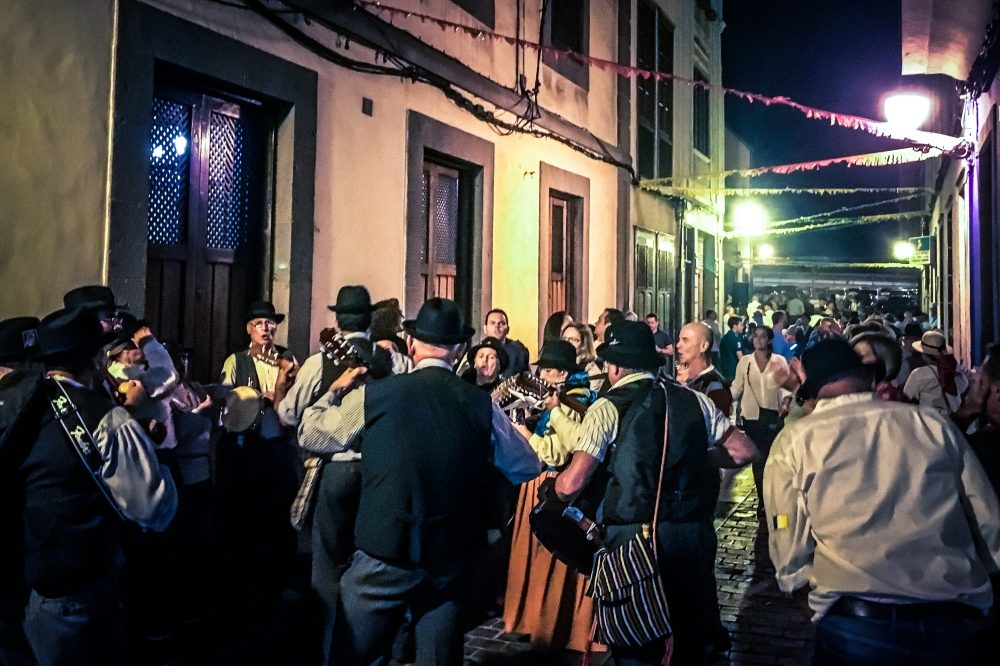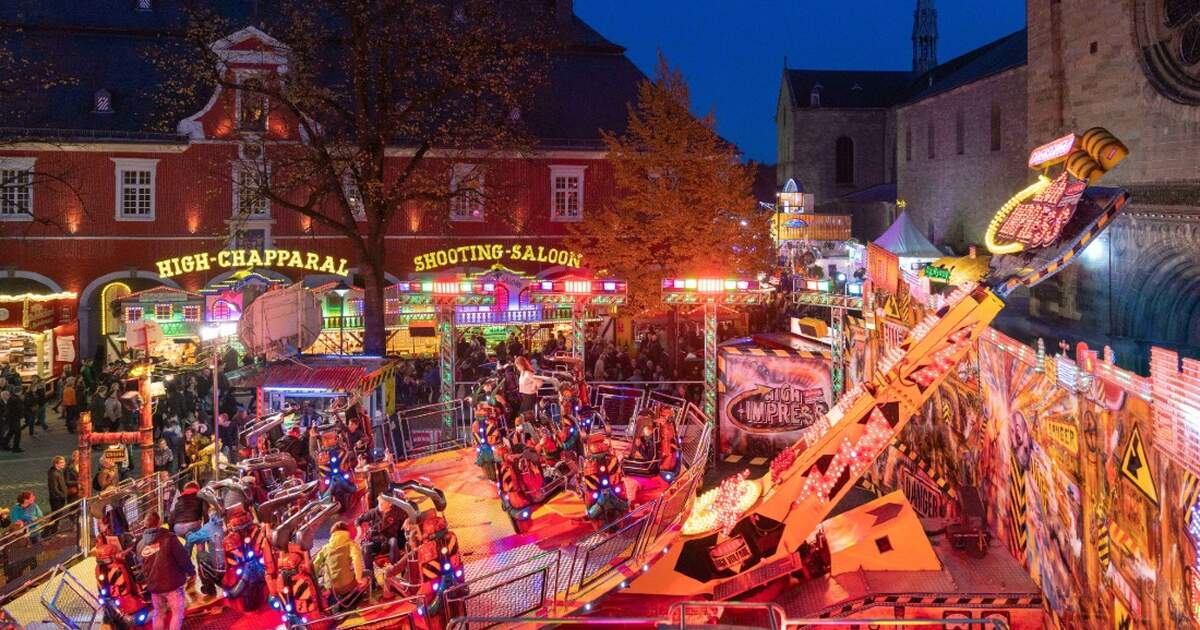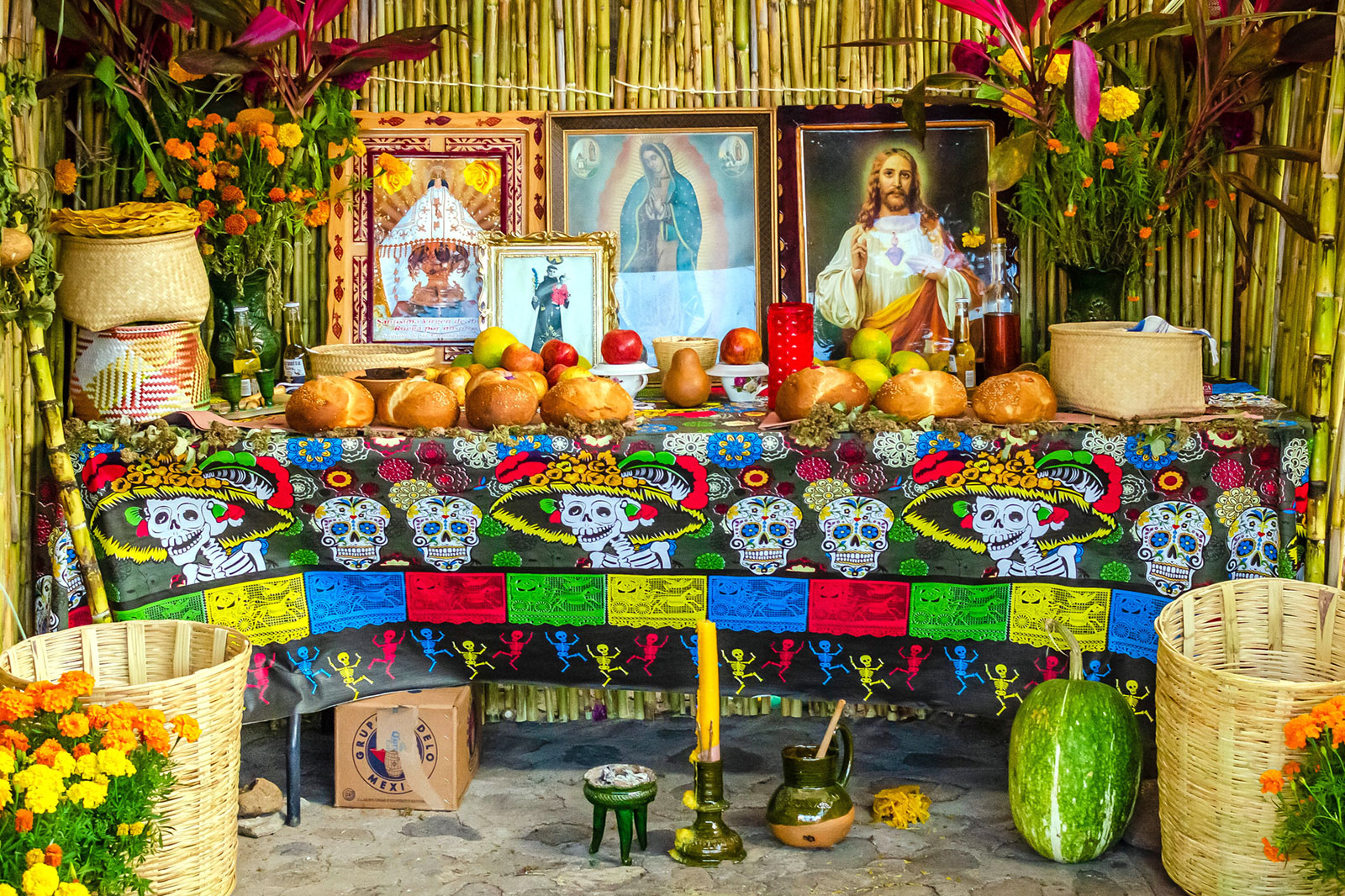What is Halloween in Spanish?
In Spanish-speaking countries, it is not a typical Spanish holiday, but an exotic holiday, so it retains its original name. Halloween is called Halloween.But actually, in different geographical areas of the Spanish-speaking countries. Halloween has different customs and celebrations, let’s learn more about it next, right?
Halloween in Spain
In fact, Halloween is an imported festival for Spaniards, it is not their local festival, they are more interested in Semana Santa (the so-called Holy Week), but because of the exchange of national cultures, just like Halloween in Spain and Christmas and so on into our country, driven by the interests of the businessmen, these festivals are also popular among the young people in Spain.
Halloween has become a popular holiday among young people in Spain, and Spain has even integrated Halloween with the local cuisine and culture:
Cádiz
Tosantos
The name is easy to understand, because todos los santos is not exactly the translation of ‘All Saints’, which is abbreviated to ‘Tosantos’. On the day before Halloween, October 31st in the province of Andalucía, fairs are usually held, and the star of the show are the fruits and foods of the season: walnuts, almonds, hazelnuts and roasted chestnuts, dried figs, dates, sweet potatoes and roasted sweet potatoes, dried fruits, chocolates and candy stands. (It’s true that people are foodies all over the world, and Spain is no exception).

These stalls are decorated with local specialties, some representing celebrities and some satirizing politicians, and are usually open all night long to create a festive atmosphere. The night before and during Halloween there are parades, performances, children’s entertainment, and after the party there are daily trips to the bars to blow off steam with friends and family. Children also start making their own unique props before bedtime and head to their neighbors’ houses to knock on doors and fill their candy baskets.
A variety of funny or trollish dolls are made at booths and stalls during the gatherings and have become a local specialty.
Ceuta
Día de la mochila
This way of spending November 1 has some origins that are not entirely clear. Some history books locate the tradition in the 19th century, and it is customary that on this day Ceuta people must bring flowers to the cemetery and carry food in their backpacks for a picnic there. There are other sources that say it was due to the wars in Africa ……

Regardless of the beginning of this event, but the truth is that the Ceuta people wait with great enthusiasm this period of days when friends and family flock to the mountains to spend this day in good company, eating, drinking and enjoying. This tradition of traveling to the countryside for wild snacks is also typical of places like Extremadura, Jaén and Seville.
Jaén
Fight the dead with porridge
Between October 31 and November 2, in the town of Begíjar, people bring porridge of gruel into the streets of the city, but are not prepared to eat them, why? The peculiar idea lies in using them to cover the locks of the houses to prevent evil spirits from entering. When night falls, candles in the windows light the way for the souls of the dead, and family and friends enjoy delicious tortillas and chocolate together at home.
Canarias
Finaos Night

‘Finaos’ is ‘spirits of the dead’, ‘the dead’, and such designations are used in Canary to honor the dead. On November 2, family and friends gather to tell the stories of the missing, sharing pine nuts, chestnuts, almonds and walnuts along with rich, sweet wine, aniseed and honey rum. Often the avant-garde ‘finadas’ organize concerts and even Finaos parades and also the unique Dance of the Finaos.
Soria
Parade of souls
In the Tajueco of Soria, a procession is held once a year on November 1, which divides into two groups: the singles troop and the married troop. Chanted verses are chanted to the souls and when they reach the end, bells are played and wine is distributed. It is a ceremony that, the whole town takes part in.
Alicante (Alicante)
Fair of the Saints
Especially in this part of Cocentaina, the Fira de Tots Sants is one of the celebrations related to these older dates. Created in 1346, it is the second oldest assembly in Spain. It enjoys a high reputation and usually attracts more than 650,000 visitors.

There are many entertainments such as an Arabesque souk, a Christian market, a children’s playground and even animal exhibitions. Held for three consecutive days, it is one of the favorite festivals of many locals from Alicante and people from the city.
Halloween in Mexico
Mexican Halloween Customs
The Mexican Day of the Dead is a product of the combination of Indian and Hispanic cultures, dominated by the indigenous Indian culture. The Native Indian Day of the Dead is celebrated during July and August each year. Indigenous people believe that only good treatment of the spirits of the dead, so that the spirits of the dead happy to go home for a festival, the next year the living will be blessed by the spirits of the dead, no disease, no disaster, crops will also be a bumper harvest.
After the Spanish came to the American continent, they put the Western “Halloween”, the indigenous Day of the Dead and some of the indigenous burial and sacrificial customs combined to create today’s Day of the Dead, the date set on November 1st and 2nd. Now in Mexico, every year on November 1 is “young spirit” festival, is the memory of the deceased children’s holiday, 2 is “into the spirit” of the festival, is the day we remember the deceased adults.

People across Latin America have held a variety of colorful activities to celebrate this traditional holiday since the end of October. The Day of the Dead,
During the Day of the Dead, Mexicans take the remains of their deceased relatives out of the cemetery and wash them carefully before reburial. They believe that every year on November 2 is the soul of the deceased to go home, before this day, the remains of the deceased must be cleaned. 2 day, Mexico will be held throughout the country will be a grand celebration to celebrate with the ancestors of the “reunion”, regardless of men and women, young and old can put on a mask, wearing printed with white bones of the dead costume, in the street The return of the dead will be signaled by a parade of men, women and children wearing masks and costumes of the dead with white bones on them.
Procession in Mexico
Among them, the procession in Mexico City is the most famous.
10.24 in Mexico City, the capital of Mexico City, officially opened, to participate in the Day of the Dead parade people dressed up, in Mexico City, the streets compete “comparable”.
In the street celebrations prepared by the “Day of the Dead” bread and people eat different bread, such as made into a “human” shaped bread has no legs, so as to indicate that “the dead”, and called the For example, the “human” shaped bread has no legs to represent the “dead”, while the spiral-shaped bread called “roscette” symbolizes the cycle of life. In addition, some governmental departments organize the construction of various stage altars in the city center square by each district.

Costa Rica
People flock to the streets in costume parades and to cemeteries for ceremonies to welcome the spirits of their ancestors back to earth. Yellow flower petals are scattered along the paths leading from the cemetery to the town, and special food is placed so that the spirits can follow the fragrant paths. In the evening, pumpkin lamps are lit in front of homes to guide the spirits.
Guatemala City
The capital of Guatemala, people celebrate the holiday by flying a giant kite. In the traditional religion of the region, the kite is a link between the world of the dead and the world of mankind, guiding the departed back to their loved ones.
On the day of the festival, Peruvians visit cemeteries for traditional ceremonies. In addition to offering flowers and wine to the tombstones, Peruvians also hold a potluck dinner next to the cemetery to awaken the spirits of the deceased.